October 2025
Story
Beyond the Sky

The devastating November, 2018 Woolsey Fire destroyed more than 1,500 structures in Los Angeles and Ventura counties. One was the board and batten-clad Malibu ranch house of music executive Rob Wells and his family, who evacuated prior to learning their home’s fate. “It’s hard to put into words what it’s like when you look at a view you’re used to, and there’s an apocalyptic cloud bearing down,” Wells says. They found out that the house had been destroyed by watching it violently burn on TV. Nothing was left standing, save for a few charred, twisted heaps of metal.
“We're having a conversation and I look at this big TV and I realized that’s my car, that’s our house there,” Wells remembers. For Wells, his wife, and their kids, the first step was coping with trauma; coming to terms with their radically new situation. Not long after the event, Wells took his kids for a ride by the old house.
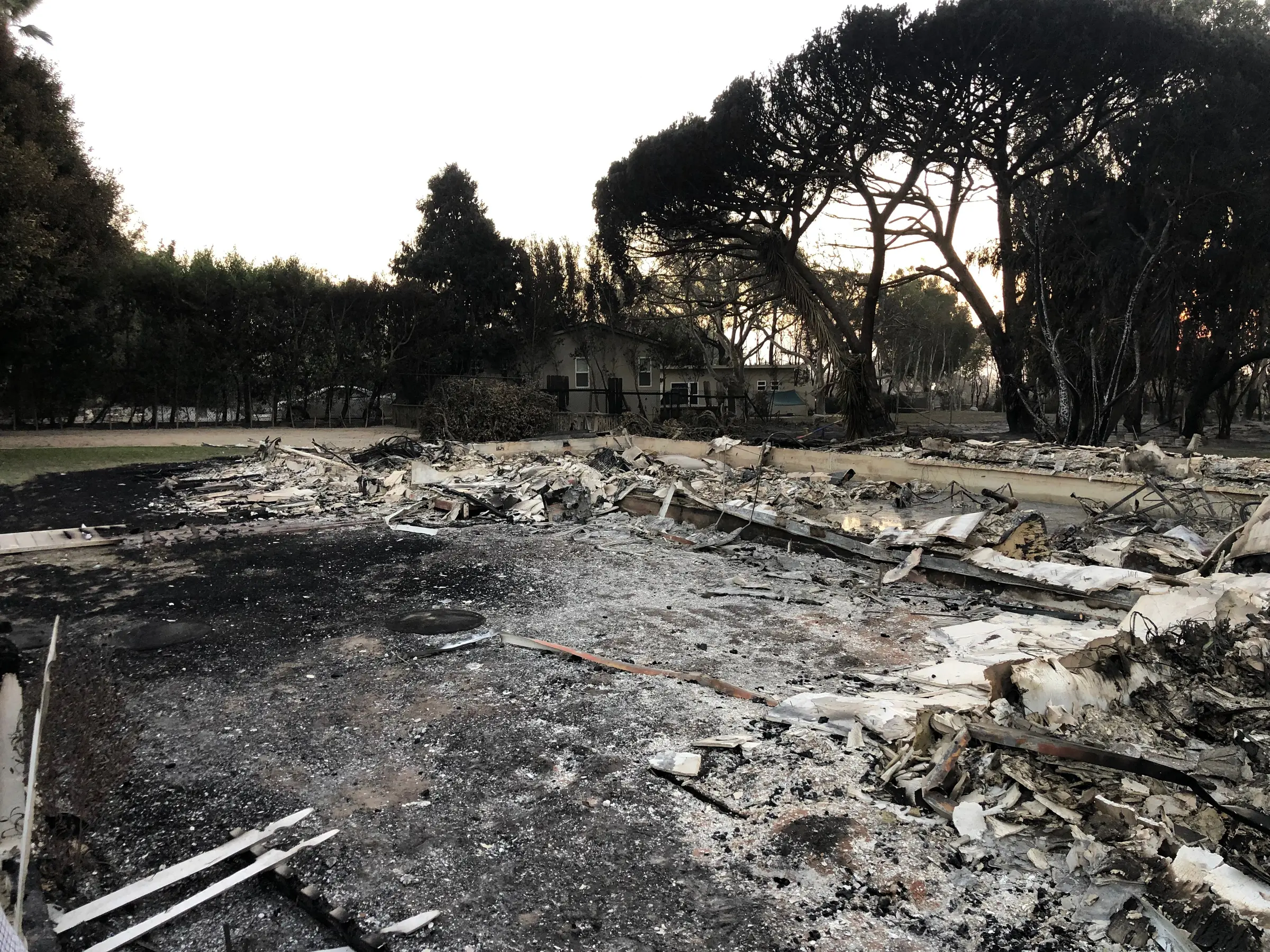
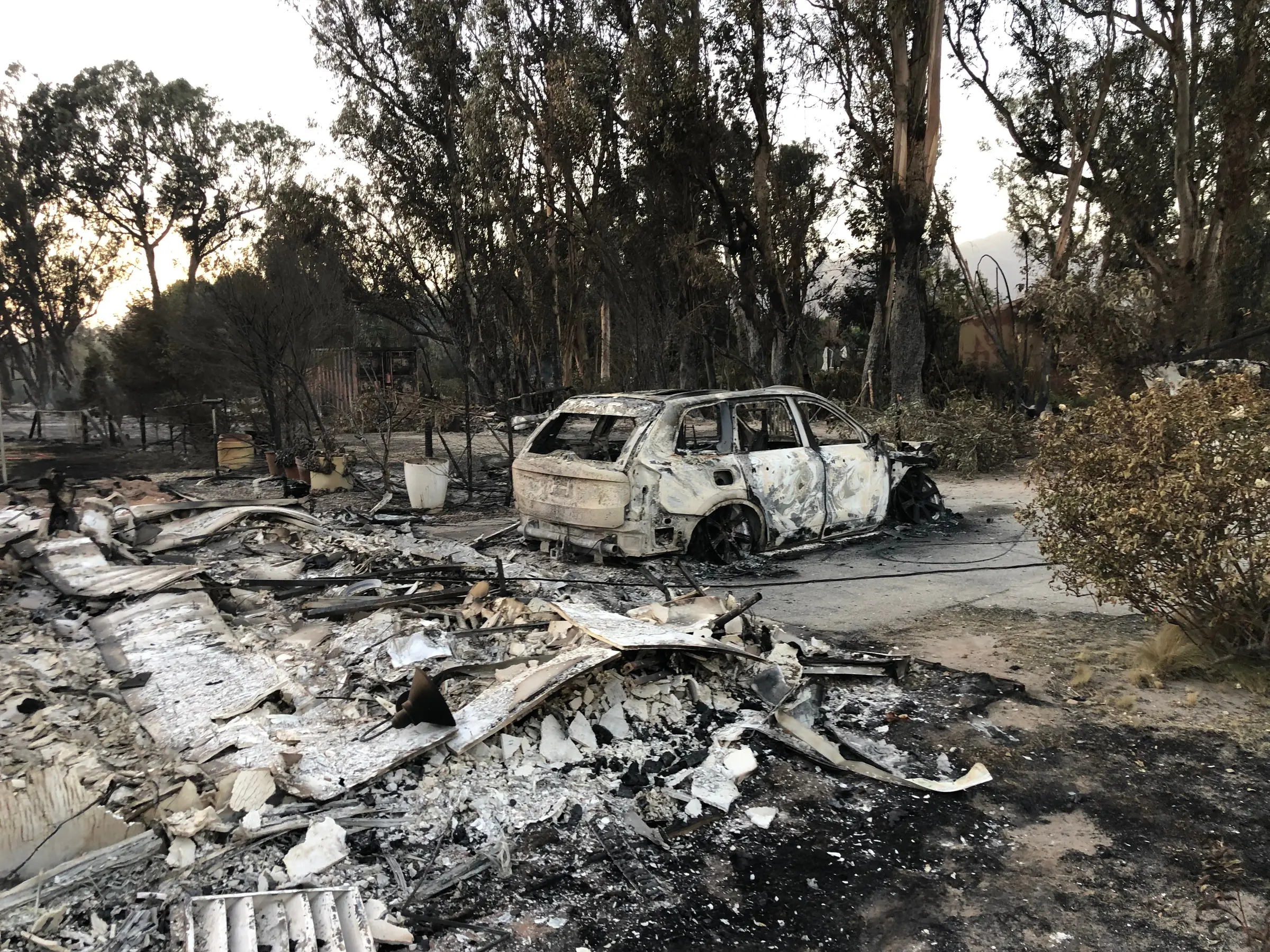
“It was something we always wanted to do, and then we were forced to do because of the fire. The fire was the catalyst.”
“I took a flyer and just drove them past. We approached it from the street. And I was like, ‘okay we’re going very slow.’ Just as it came into view, the silence in the car was completely palpable. It was like you could hear them breathing. And we saw there were trash cans that had basically melted like a Dali painting outside the house. And the kids just cracked up laughing. And then I started laughing. And we laughed for about 15 minutes, driving back into Santa Monica, where we were living at the time. I remember it being a release. It was a real cathartic moment.”
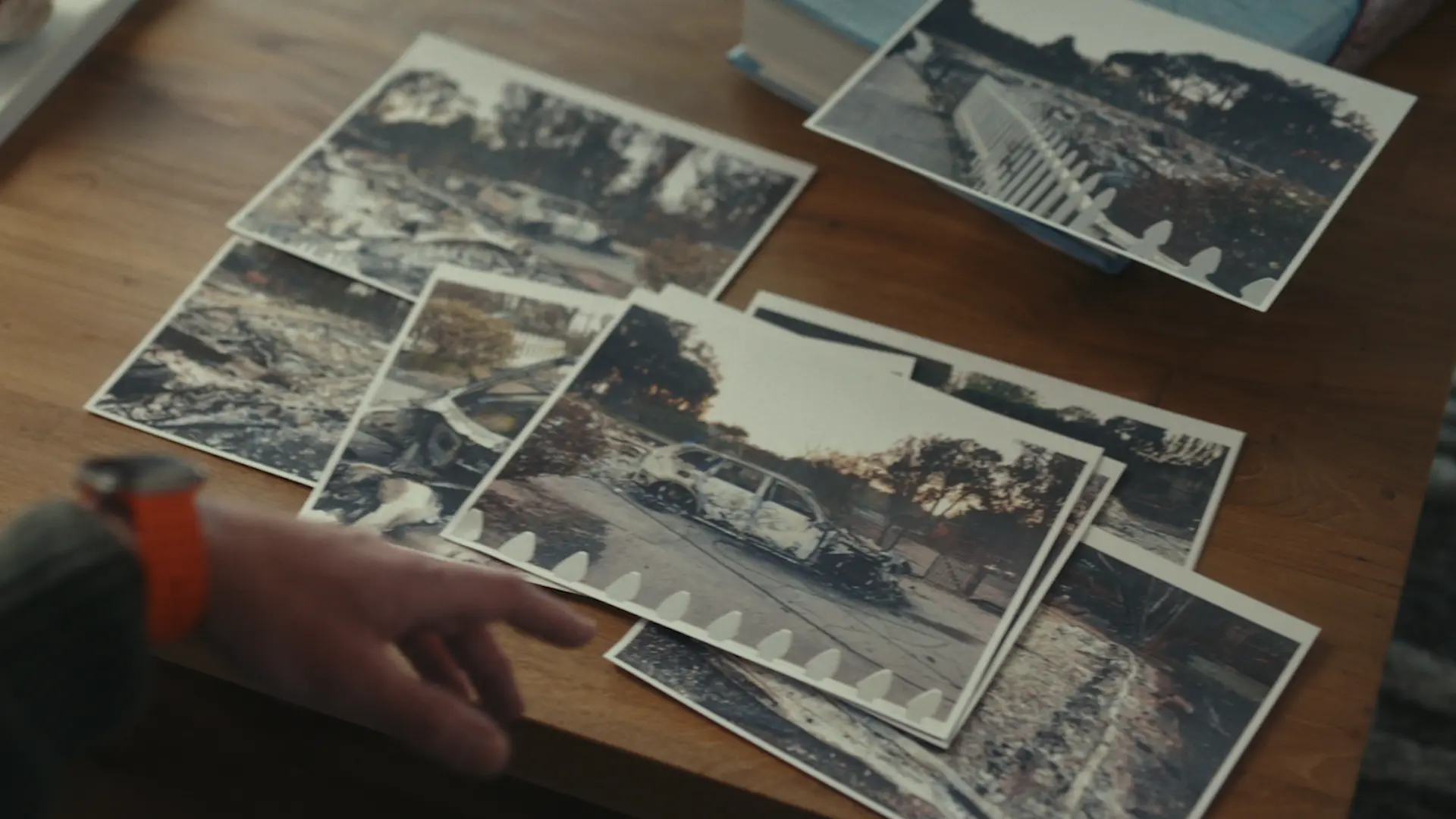
Next came developing a sense of thankfulness that while they had lost many material possessions, they were all safe. “All the stuff that we lost—it’s just stuff.” He says. “Everything with a heartbeat got out.” Soon Wells was determined to rebuild. Thoughts had popped into his head about leaving, but he didn’t want his family to lose their connection to what had become a beloved community. And they couldn’t let go of the magnificent site—which blended level ground nearer to the street; ideal for sports and other active endeavors, and an expansive hillside in back, opening up majestic views toward the ocean and the mountains.
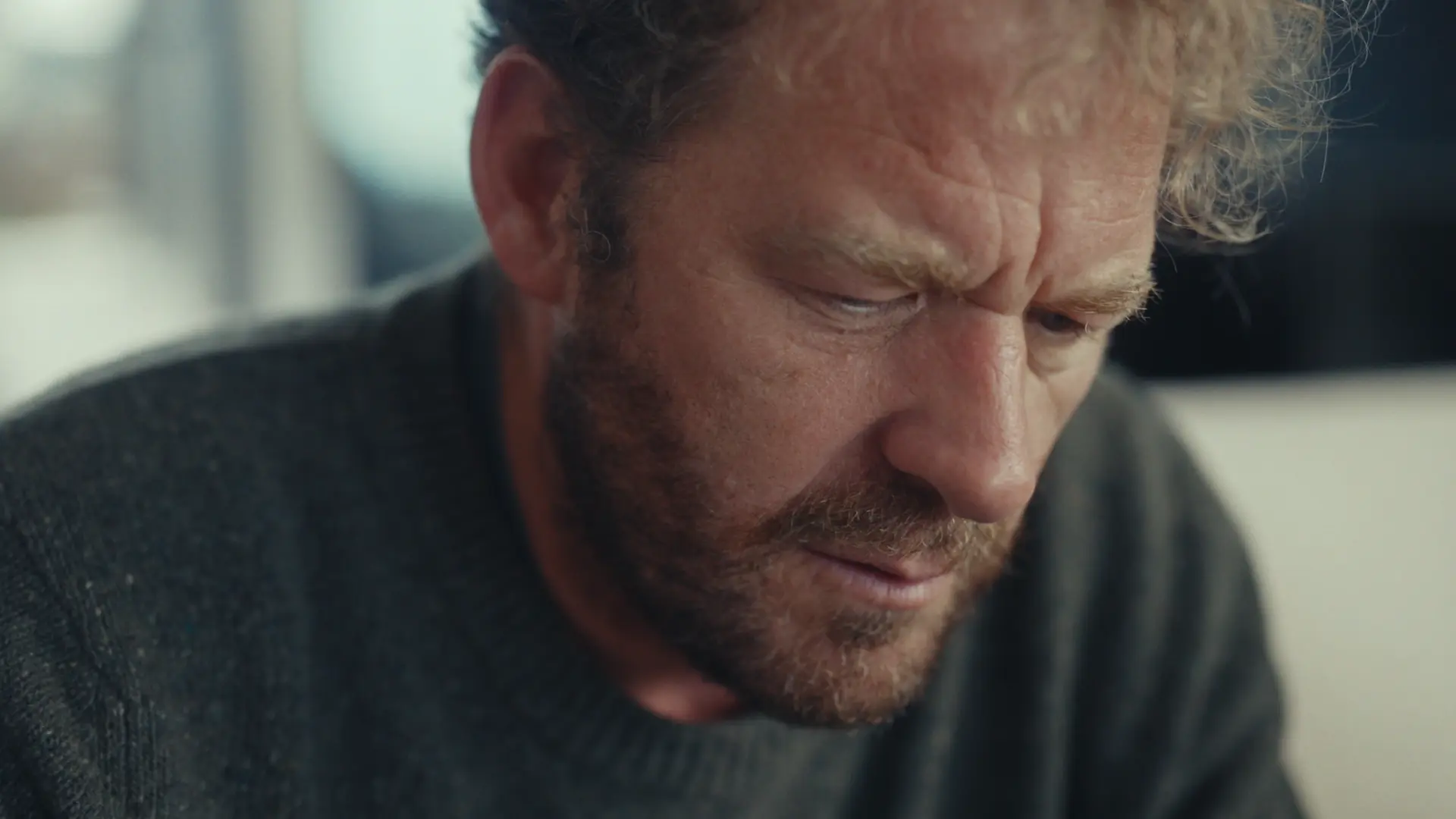
“Pulling something out of the dirt and being there, watching it change over a period of days, weeks, months, years, I think it’s massively important. It does feel as though it is genuinely a part of us.”
Wells’ tenacity, and a clarified sense of what he and his family wanted—along with the sensitive design of their architect Jonas von Studnitz— have resulted in a spectacular house that envelopes them in nature, soft light, and a deeply indoor outdoor active lifestyle. “It was something we always wanted to do, and then we were forced to do because of the fire,” says Wells, of the project. “The fire was the catalyst.”

Wells and his family lived on site through most of construction. First on their “campsite,” which included a trailer, two sheds, a tent and a large deck. Next in an ADU constructed off site; and finally in the house itself. It was an experience that, while not without its challenges, bonded them tighter. It also bound them to the house, giving them a chance to oversee and understand it as it came together. “Pulling something out of the dirt and being there, watching it change over a period of days, weeks, months, years, I think it’s massively important,” notes Wells. “It does feel as though it is genuinely a part of us.”
“It’s hard to put into words what it’s like when you look at a view you’re used to, and there’s an apocalyptic cloud bearing down.”
The final result is an L-shaped residence, reaching toward outdoor rooms; engaging with its surroundings—ocean, mountain, and valley—in every way. In front, the structure wraps around a large pool, deck, outdoor dining area, and several recreation spaces, including a pool house, fitness center, halfpipe, and basketball court. In back, it unwraps to the sweeping, sloped back yard, with Malibu’s rugged ridges emerging in the background. The focus is less on square footage than on common and outdoor space. “Our kids don’t have palatial rooms,” note Wells. “Really they’re for sleeping and working, and maybe playing videogames. The rest of the time they’re outside, in the pool or on the halfpipe or the basketball court.”
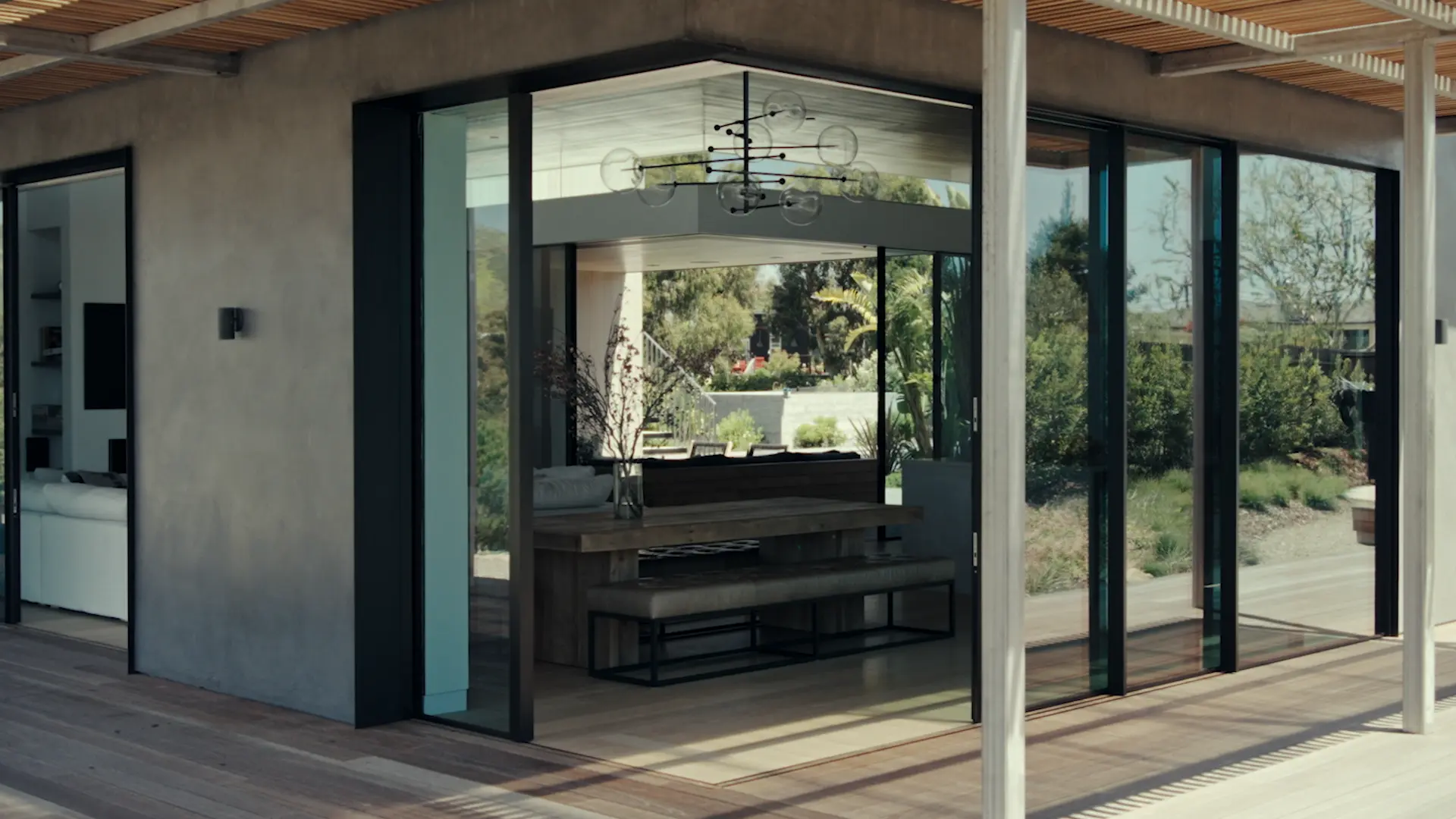
Rows of expansive Sky-Frame doors clad three sides of the living room, letting the family open it (via app, which Wells loves to show off) almost completely. Nature puts on a show. “You always see something,” says Wells. “There’s an owl that flies by every evening at a specific time. There’s the sunset. The light piercing the stair to the rooftop terrace, creating striped shadows on cedar cladding. He adds: “It’s about as far as you can get from southeast London,” referring to the gritty area where he grew up. He recalls a photo shoot the day prior. “There were heavy marine layers; you could actually see the fog coming up the creek. But it was still a remarkably beautiful day.” He adds: “It did clear in the morning. Some of the photos were taken with glorious blue skies, and some are taken with very muted backgrounds. Every day throws up different kinds of ways to view it.”
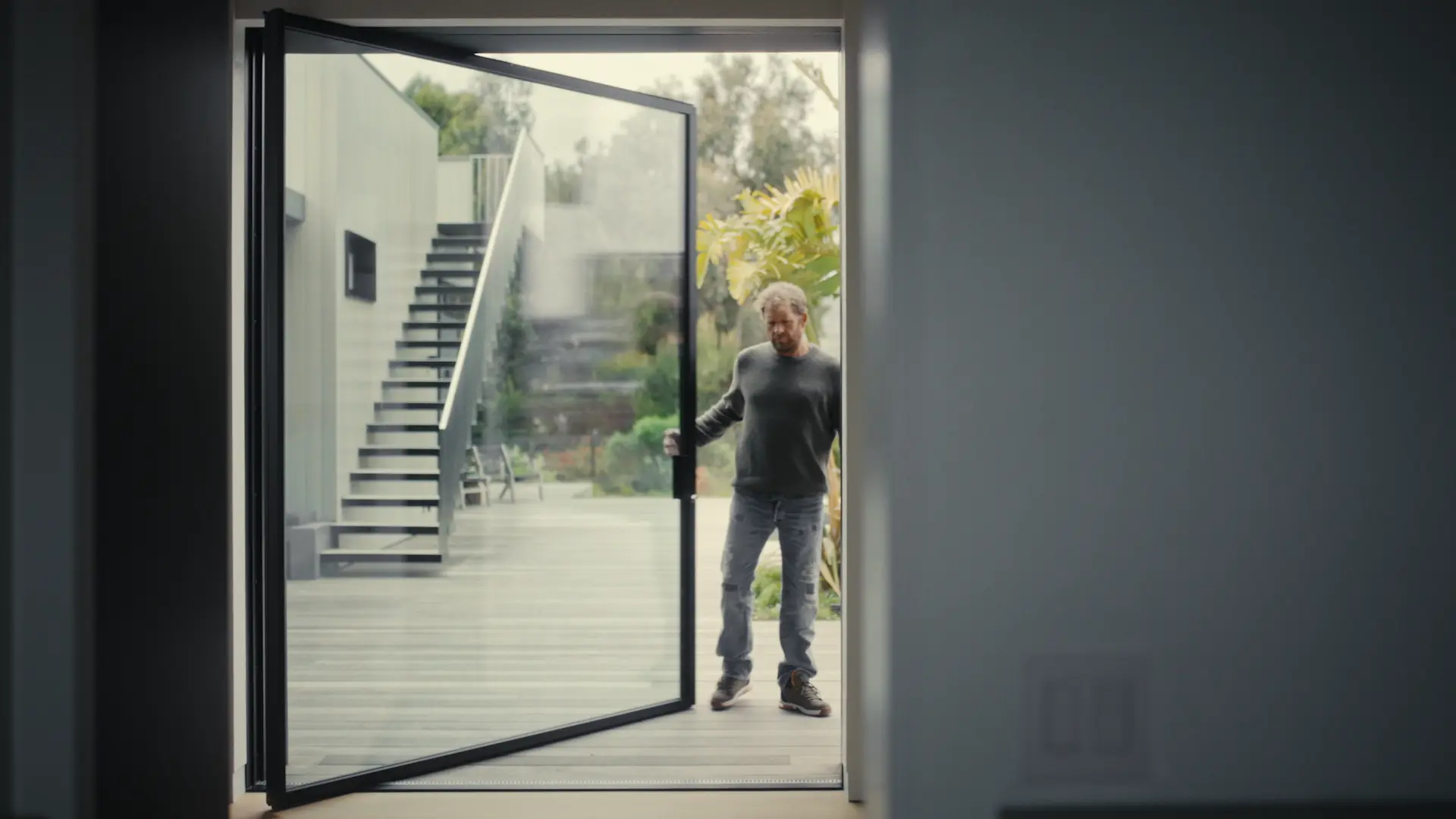
Additional light penetrates in layered, nuanced fashion via clerestory windows and skylights. It’s this kind of waterfall of cascading light,” describes Wells. “It’s very nuanced; you know the sun is moving a certain way at this time of day, or at this time of year.“ Additional spaces flow from the public centerpiece, similarly enveloped in views and light. A glazed hallway edges the pool. There’s an outdoor shower outside the master bedroom, which itself communes with the outdoors, unimpeded, via glass-cornered windows . There’s the unfolding panorama as one walks upstairs to a roof deck.
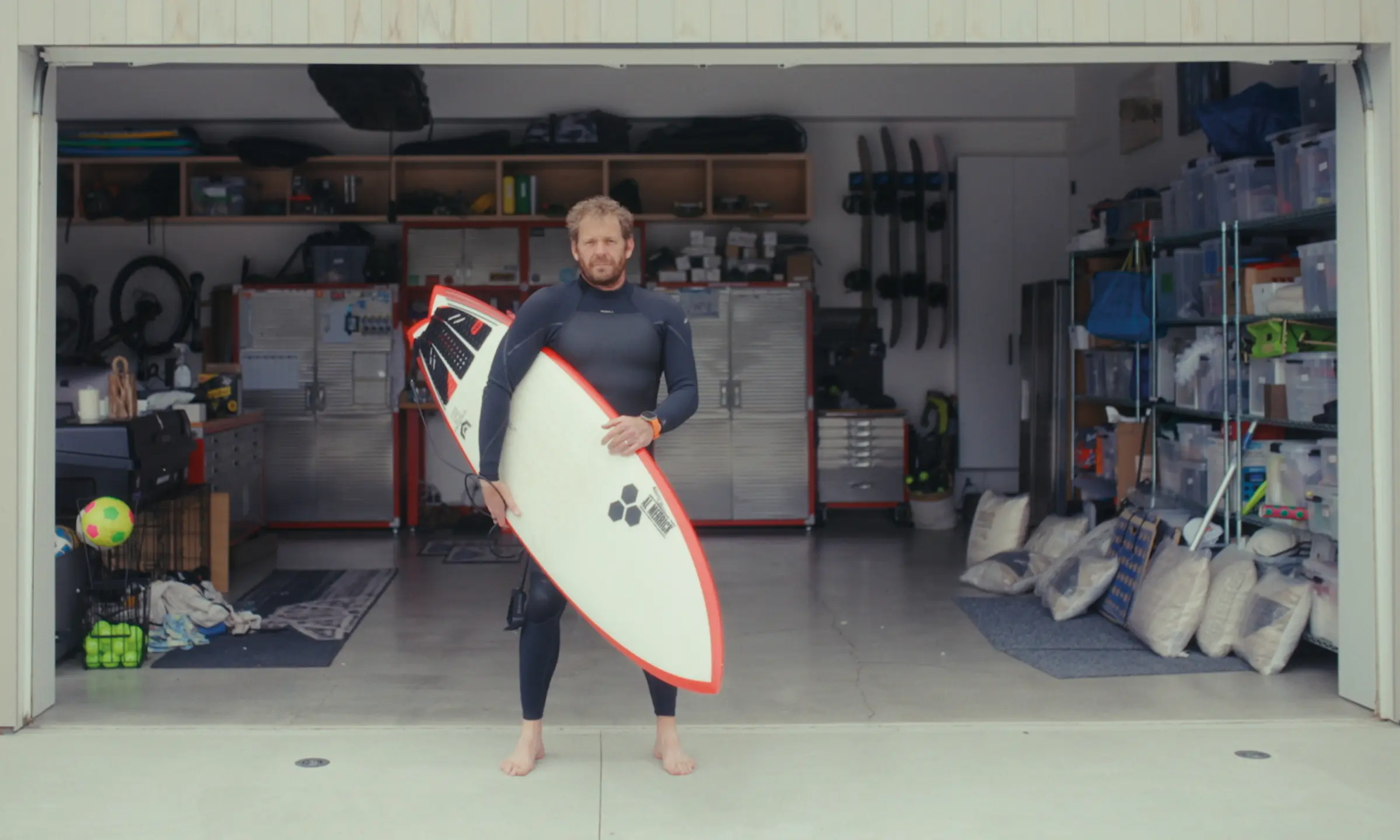
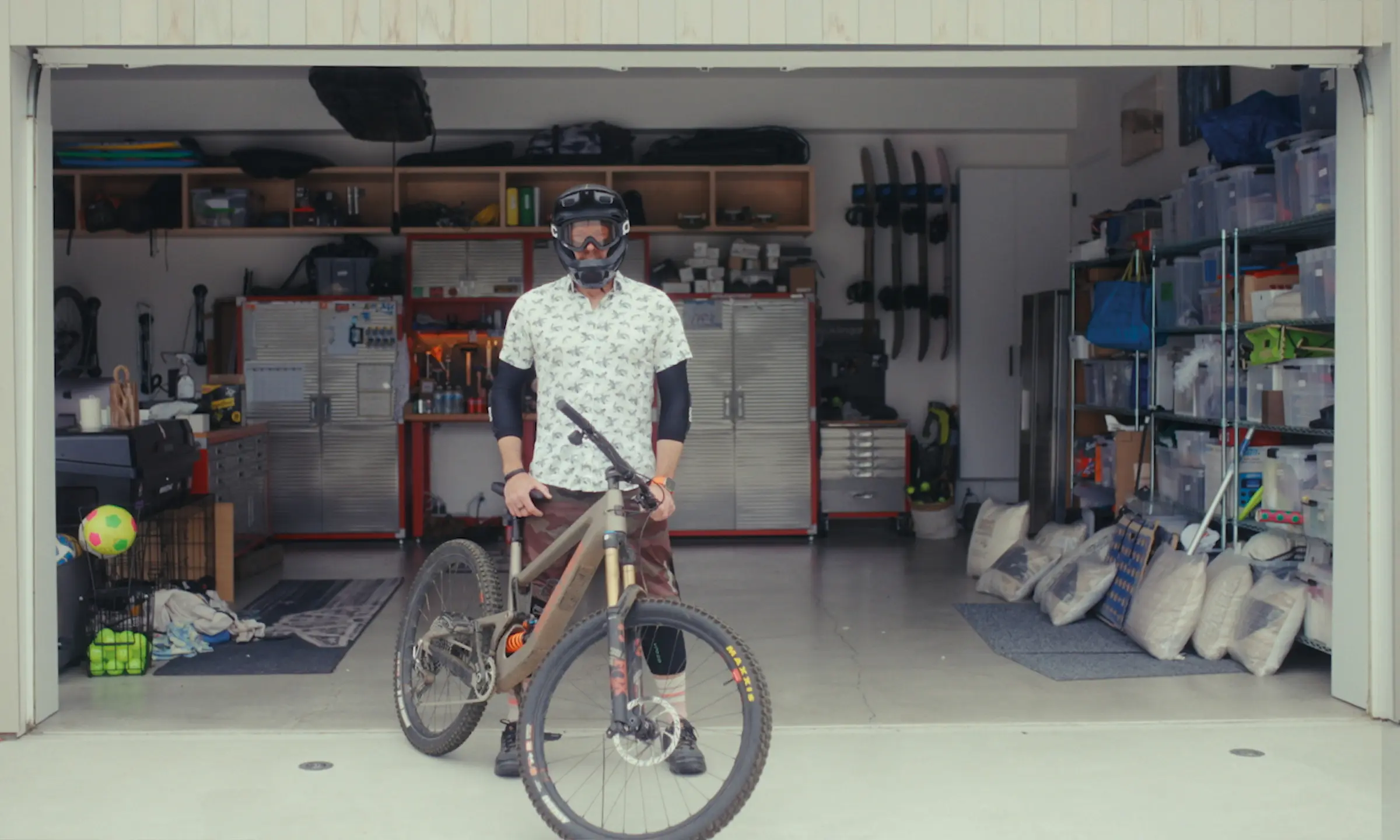
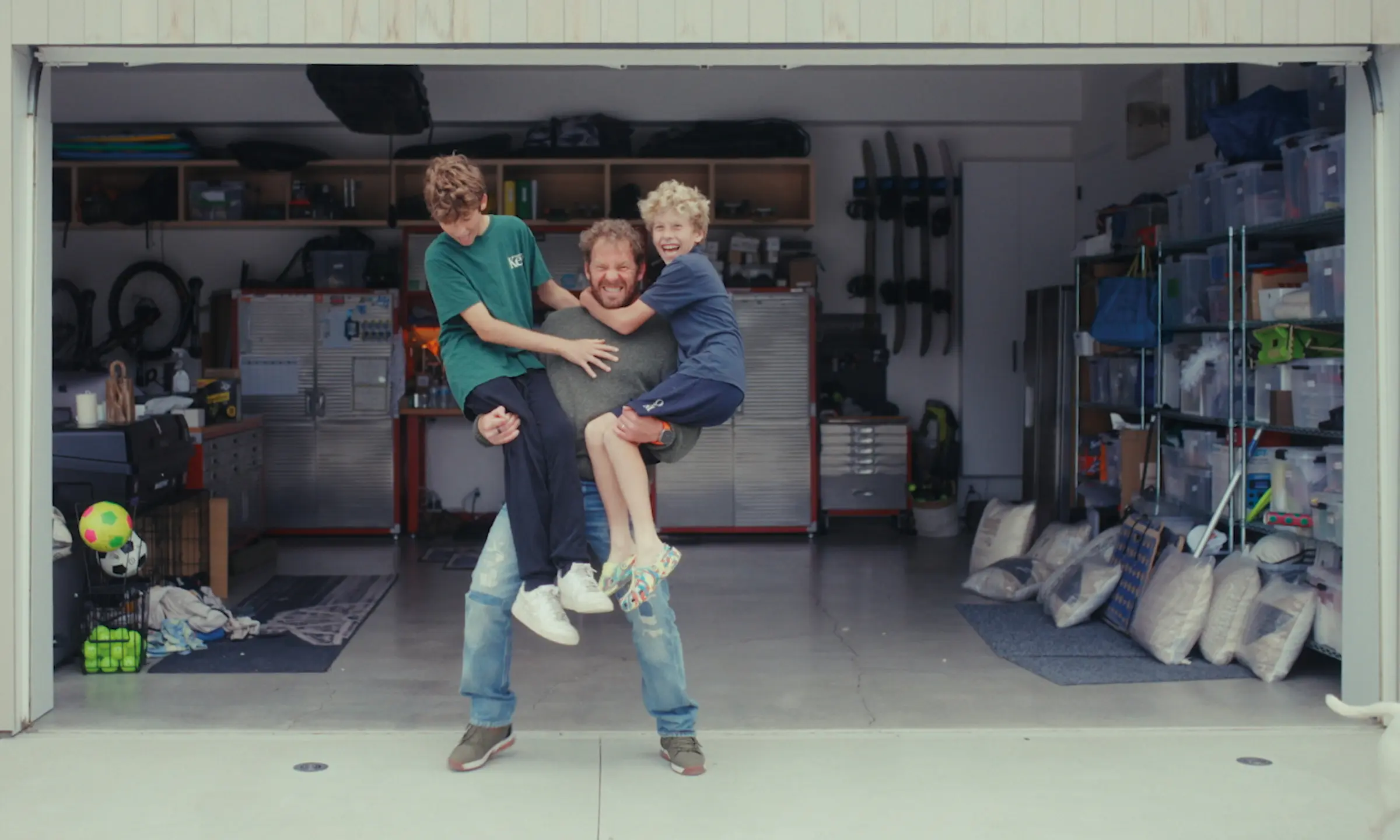
“This is California living,” says Wells. “Most of why we live here is the outdoors. We want to bring the outdoors in as part of our lives…We surf, we ride mountain bikes, we snowboard, we wake surf.” Balancing the profound sense of openness is a subtle sense of privacy and protection. The latter is a must in a place where the elements—sun, wind, fire, rain— can be cruel, tempered by an embrace of natural materials and passive strategies that minimize environmental impact. The building, shaded by overhangs, is oriented so that its solid elements protect the site from predominant winds. “If all we did was focus on an ocean view, the property would be too exposed,” confirms Wells. We have the advantage of an ocean view, and it’s great. But the Mountain View is the killer view for me.”
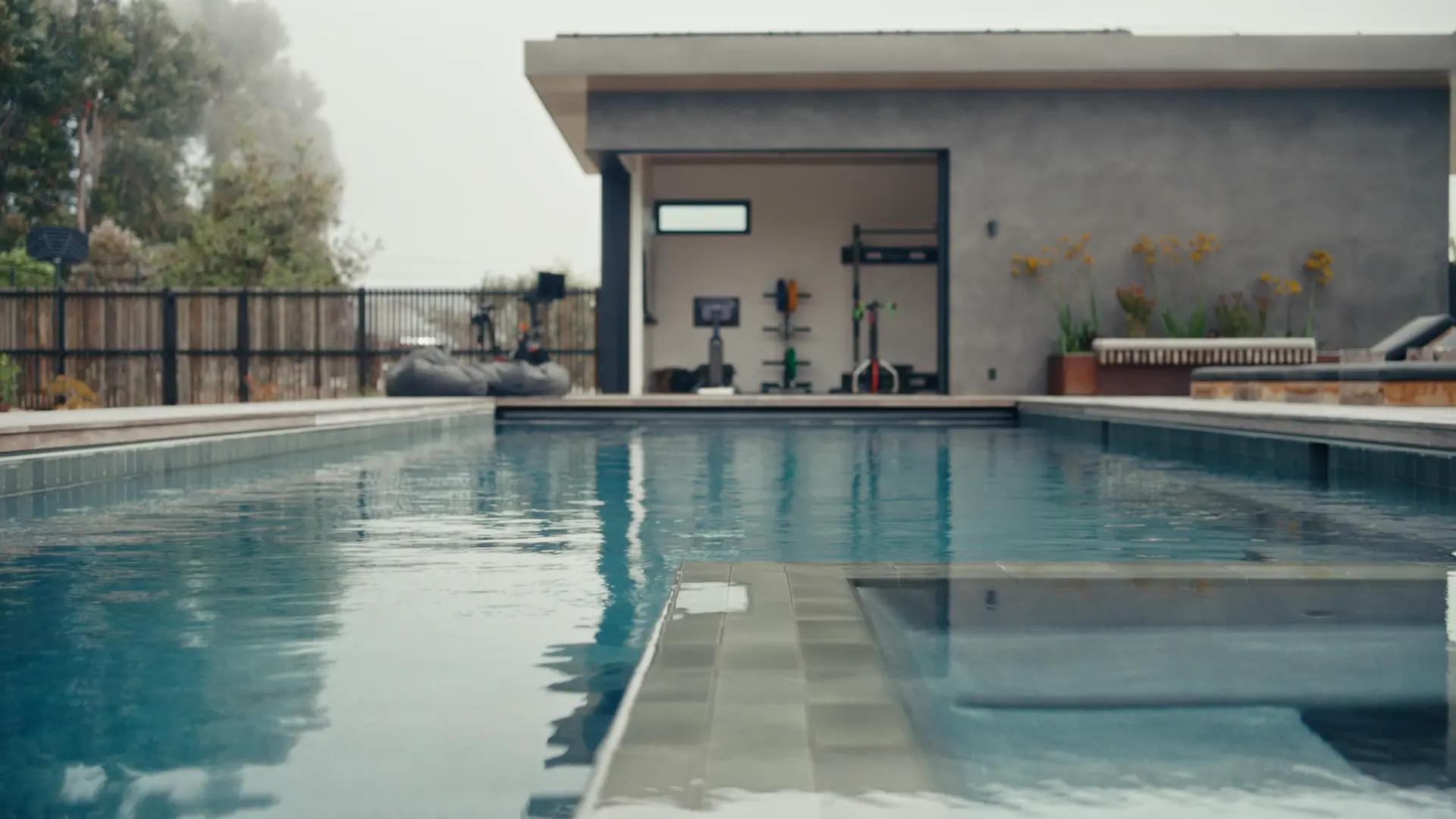
A buffer of native landscape and trees creates a perimeter of fire protection, as do robust hardwood surfaces. While being secure, the house does not sacrifice its sustainability, or the employment of natural materials. “My wife and I are quite sensitive to environmental impact. We didn't want to have a pile of composite,” says Wells, who installed a solar array on the home’s roof, which heats the pool and provides valuable backup power. “We've done everything we can to mitigate use of the earth's natural resources.” None of this guarantees the home won’t be engulfed in flames again. Nor could a closed bunker, for that matter. “California has always burned,” says Wells. “There are plants and species here that only germinate through fire. You can mitigate the risk, but you can't eradicate it.” He adds: “We’d start again. It’s just stuff.”
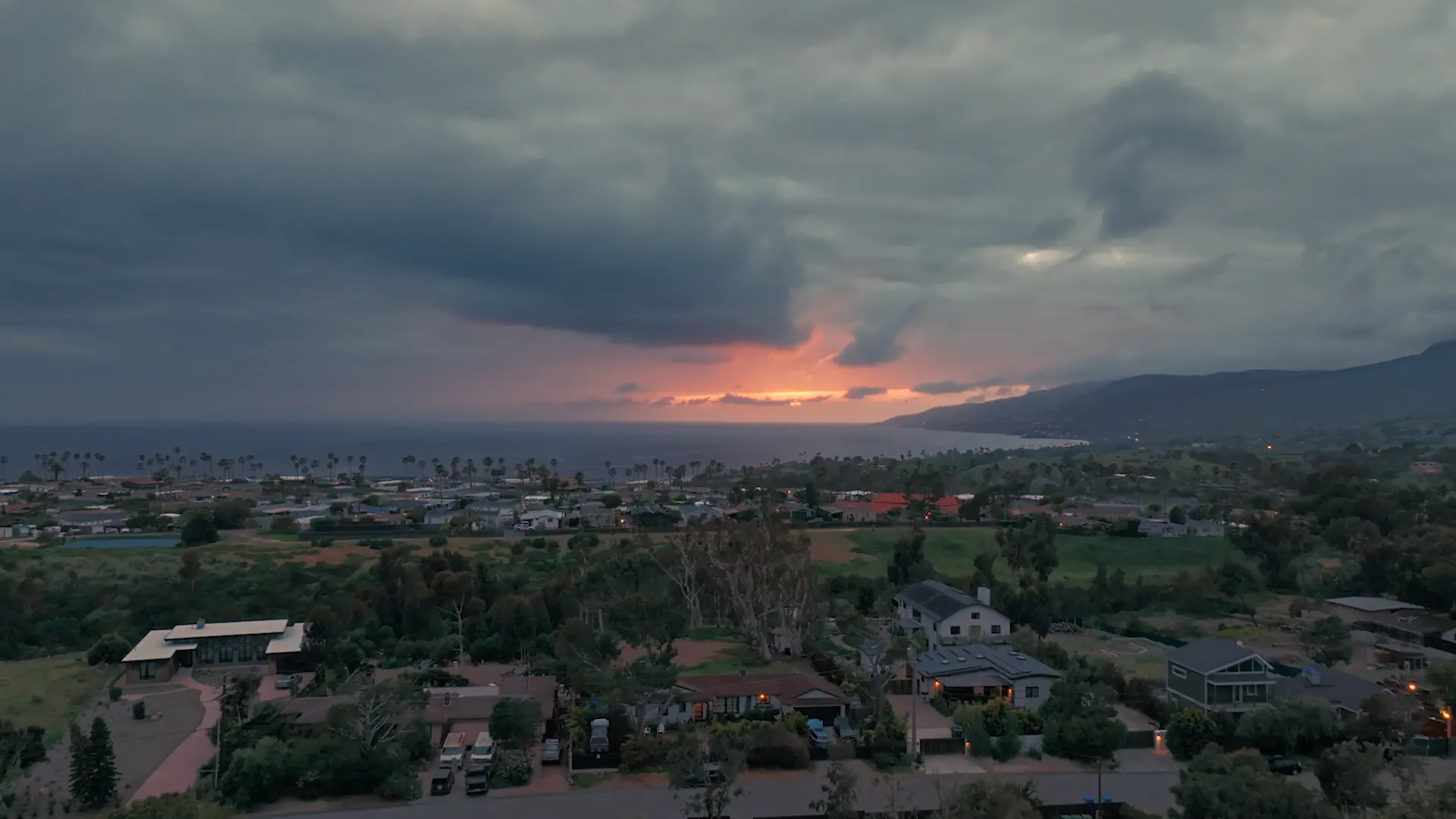
“We’ve been through some crazy experiences,” concludes Wells. “It was all a growth experience for us. It’s definitely brought us closer together. It wasn't smooth all the way, I'll be honest, but sharing the experience as a family has been really valuable. I think our kids realize what it's taken to build the place. Not just time and energy from us and the team, but financially and emotionally; and what we had to go through spiritually as a family in order to bring this building to life. I think they understand that, and I think because of that, it's quite special.” He adds: “We’re living in a beautiful new home with, glorious views. It’s the dream house that we envisioned when we first bought the property.”
About Rob Wells
Rob Wells is CEO of Orfium, a music rights management and artist discovery platform. He is an institutional and award winning executive in the music industry with 25 years of experience between BMG and Universal Music Group (UMG) in both the UK and US. Since joining as CEO in 2017 Wells has transformed Orfium into a powerful partner for most major music record labels and publishers.
Architecture: von Studnitz Architects
Film: Borís Noir
Text: Sam Lubel